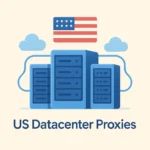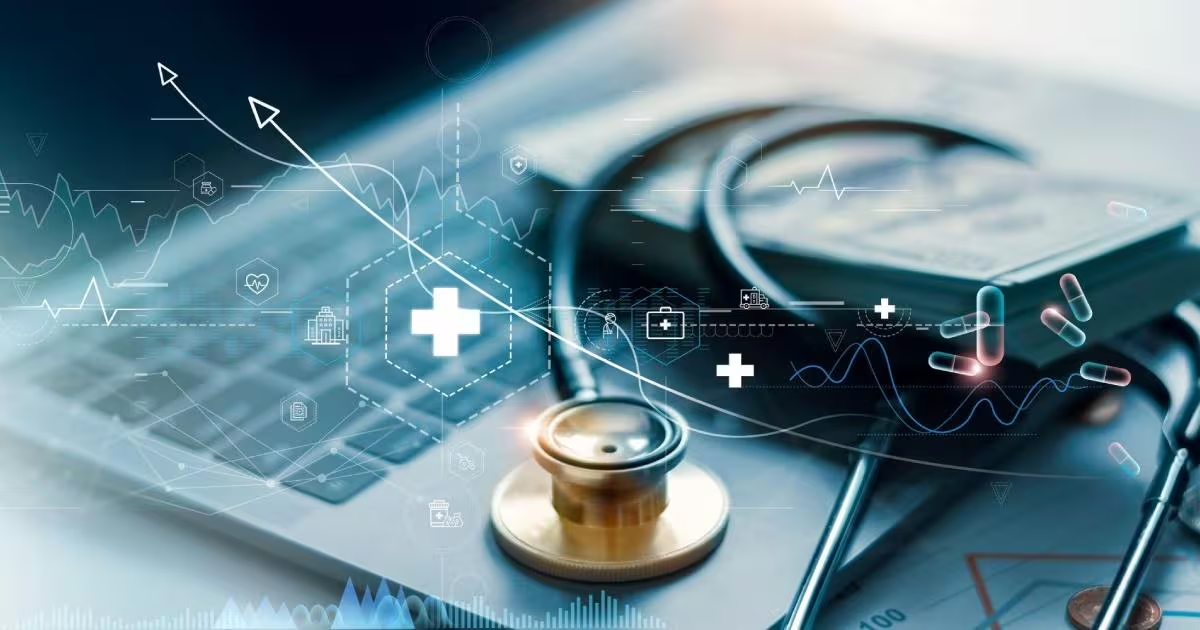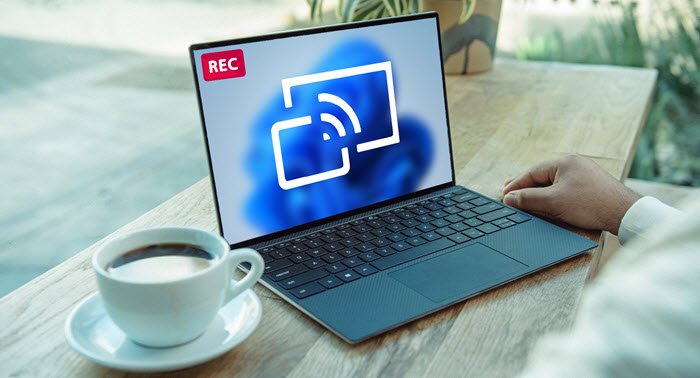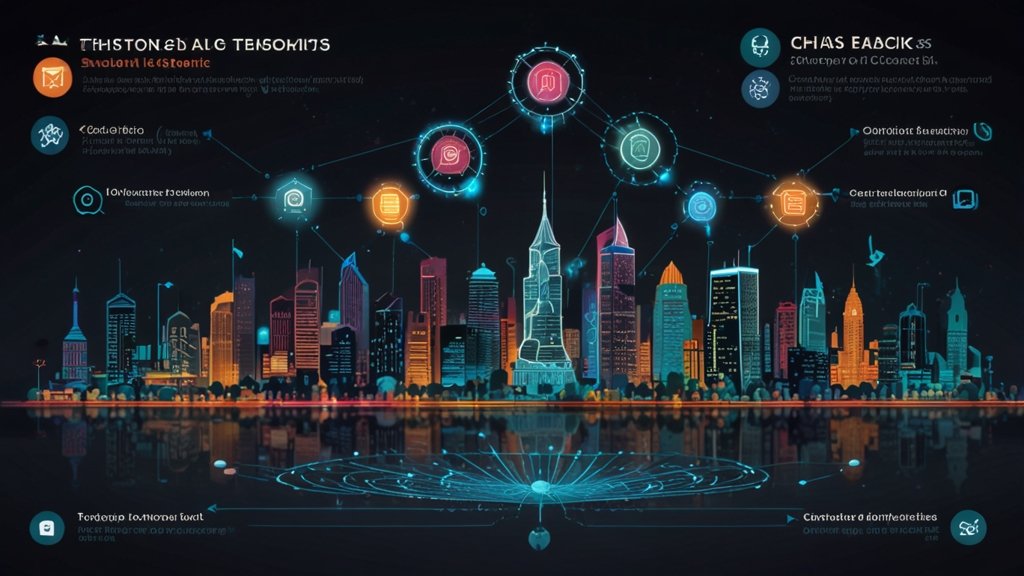The healthcare industry is critical yet complex, requiring professionals to juggle patient care, administration, compliance, and data management. Medical software is transforming operations by improving efficiency, enhancing patient care, and streamlining daily tasks, making it an essential tool for modern medical facilities.
The Challenges of Healthcare Operations
Healthcare systems are intricate ecosystems involving numerous moving parts. These challenges include but are not limited to the following:
- Data Overload: Patient records, test results, and imaging reports can overwhelm even the most organized facilities.
- Time-Intensive Administrative Tasks: Staff often spend countless hours managing scheduling, billing, and filing.
- Communication Gaps: Miscommunication between departments or even patients can result in delays and errors in care.
- Compliance and Regulations: Ensuring adherence to HIPAA and other regulatory requirements can be resource-intensive.
When inefficiencies in these areas pile up, worsening patient satisfaction and straining staff morale, it becomes evident that traditional systems are no longer enough. Enter medical software.
What is Medical Software?
Medical software refers to digital solutions used by healthcare providers to manage clinical and administrative tasks. Spanning Electronic Health Records (EHR) systems, practice management tools, telehealth platforms, and billing software, these tools address various pain points in modern medical facilities.
The best part? These technologies are designed to integrate seamlessly and replace outdated manual systems, enabling efficient and streamlined operations.
How Medical Software Improves Operational Efficiency
Now, let’s break down exactly how medical software contributes to the daily efficiency of healthcare facilities.
1. Simplified Patient Data Management
Gone are the days of messy paper files that are prone to misplacement. EHR systems store all patient data electronically in a secure, structured, and easily retrievable format.
- Faster Access to Records: Clinicians can pull up medical histories, allergies, or prescriptions within seconds, even during appointments.
- Consolidated Data Storage: All diagnostic results, treatments, and notes are housed in one centralized location, reducing fragmentation.
These systems also enhance data security by mitigating the risk of breaches compared to paper records. Furthermore, advanced analytics features can detect trends in patient outcomes to improve care strategies.
2. Automated Scheduling and Appointments
No-shows and scheduling conflicts are two major issues seen in traditional appointment systems. With medical software, these challenges are significantly reduced. Automation takes over manual tasks, such as scheduling and rebooking appointments. Here’s how it helps:
- Online Patient Portals: Patients can book their appointments directly, receive reminders, and reschedule as needed without staff intervention, all through our mental health EMR software.
- Resource Allocation: Smart scheduling software ensures better distribution of resources, including rooms, equipment, and staff availability.
Automation also minimizes errors caused by overbooking or double-booking, keeping the facility running like a well-oiled machine.
3. Streamlined Billing and Payment Systems
Billing errors are costly—not just financially, but also in terms of patient trust. Medical software platforms feature integrated billing systems that simplify insurance claims, invoices, and payment processing. Key features include:
- Eligibility Verification Tools
- Auto-Coded Claims to Reduce Errors
- Online Payment Portals for Patients
With real-time claim status tracking and automated follow-ups, reimbursements occur faster, improving cash flow for the clinic or hospital.
4. Enhanced Communication and Collaboration
Internal communication between departments and external communication with patients or specialists becomes easier with medical software. Some features supporting this include:
- Secure Messaging: Staff can contact specialists or lab technicians without needing to use external communication tools.
- Patient Engagement Tools: From appointment reminders to test result notifications, medical software keeps patients informed and invested in their care.
- Integrated Platforms: File-sharing functionalities allow CT scans, lab reports, or notes to move seamlessly between departments.
This level of streamlined communication reduces misunderstandings, improves workflow, and, most importantly, delivers better outcomes for patients.
5. Improved Compliance and Reporting
Healthcare professionals must meet stringent compliance standards like HIPAA, which can be overwhelming. Medical software includes several built-in safeguards to ensure regulatory adherence:
- Audit Trails to Monitor Data Access
- Encrypted File Transfers
- Preformatted Reporting Templates for Audits
With added layers of compliance and reporting tools, healthcare organizations can avoid penalties while maintaining industry standards.
6. Efficient Inventory and Equipment Management
Stock-outs of critical medication or equipment can be disastrous for healthcare facilities. Many medical software platforms include inventory management features to track supplies, predict usage patterns, and automatically reorder items when stocks run low.
This reduces waste and ensures that critical supplies are always available when needed.
Why Medical Software is Key to Remaining Competitive
The healthcare landscape is increasingly competitive. Patients today expect faster service, more transparency, and personalized care. Medical organizations offering a seamless patient experience have a clear advantage over their competitors.
By implementing medical software, clinics and hospitals can handle a larger caseload without sacrificing quality of service. This drives greater patient loyalty, improves employee satisfaction, and creates room for growth.
The Future of Medical Software
Looking ahead, advancements in artificial intelligence (AI) and machine learning (ML) are set to make medical software even more powerful. Predictive analytics will help with earlier diagnoses and personalized treatment plans, while voice recognition tools are already reducing the time providers spend on documentation.
Additionally, telemedicine integrations are becoming a necessity rather than an add-on, allowing healthcare facilities to extend their reach to patients in remote areas. With constant innovation, the efficiency of healthcare will only continue to improve.
Conclusion
Medical software has become an indispensable tool for healthcare organizations aiming to boost efficiency, lower errors, and provide patients with superior care. From streamlining scheduling to automating billing, its benefits are undeniable.
YOU MAY ALSO LIKE: Wheon.com Health News: Your Reliable Source for Wellness Insights










